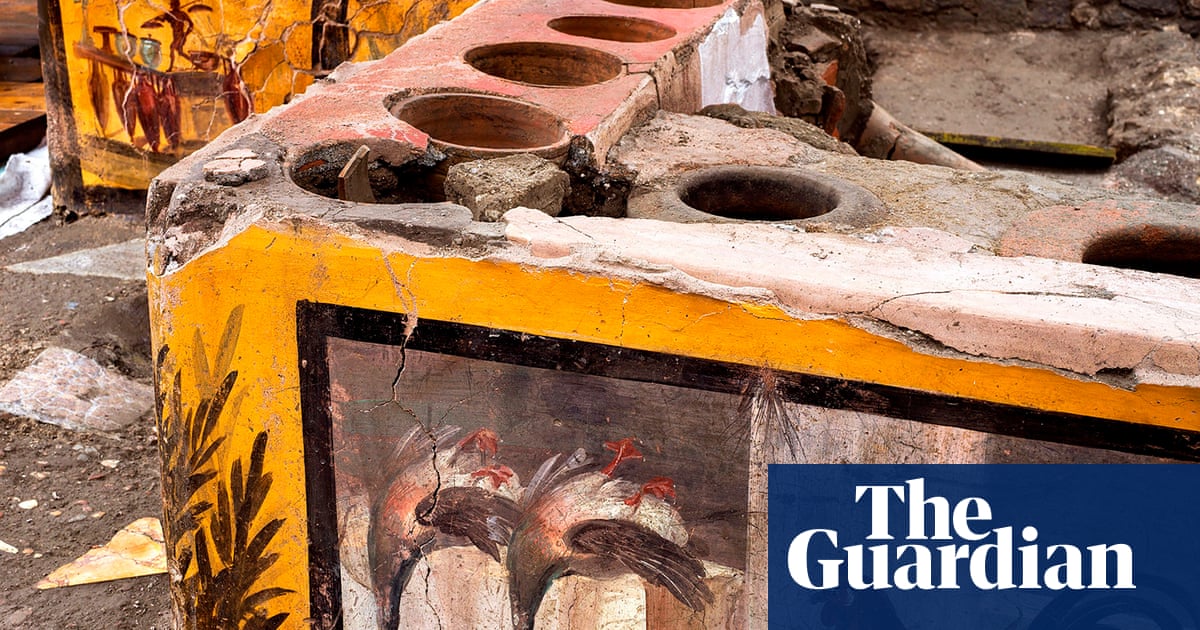
Welcome to the Ancient Roman Festival for Sex Work
When many think of Ancient Roman stadiums, gladiators or chariot racing often come to mind. But another type of games took place in such amphitheaters during spring time—ones full of colors, flowers, and sex.
Floralia was a festival that occurred in late April till early May to celebrate the end of winter and honor a fertility goddess—who may or may not have been a “prostitute.” Whatever can be said of the deity, the celebration itself most definitely included sex workers. Along with circus stunts, bunny hunts, mimes, jesters, dancing, and nudity, the ancient civilization celebrated the season with much licentiousness.
In Roman mythology, Flora is a goddess of fertility and blossoming plants, often associated with youth and the coming of spring. Her origins are intertwined with the Greek nymph known as Chloris, who is taken by Zephyrus, god of the west wind. Following their wedding, she becomes the flower goddess, Flora. To the Ancient Romans, Flora was considered one of the flamines minores, minor deities who were given a cult and assigned a flamen, or priest.
That’s the mythology, though at least one scholar endorsed a different notion. The 3rd-century writer Lactantius claimed that Flora was not a deity at all, but rather a regular Roman prostitute who had been elevated to the realm of divine beings. But historian Jason R. Abdale says that Lactantius was the only person to ever make this claim, and that as a “hardline Christian… saying [Flora] wasn’t a goddess was likely an attempt to smear aspects of ancient Roman polytheism to persuade people to come over to the ‘proper’ way of doing things.” Abdale continues on to say, “from the other reports that we have, Flora was some sort of divine being.”



/https://public-media.si-cdn.com/filer/9f/61/9f610676-9962-4627-ae89-bf59fc6cb735/lod_mosaic_lower_register_web.jpg)









/cdn.vox-cdn.com/uploads/chorus_asset/file/23935558/acastro_STK103__01.jpg)






